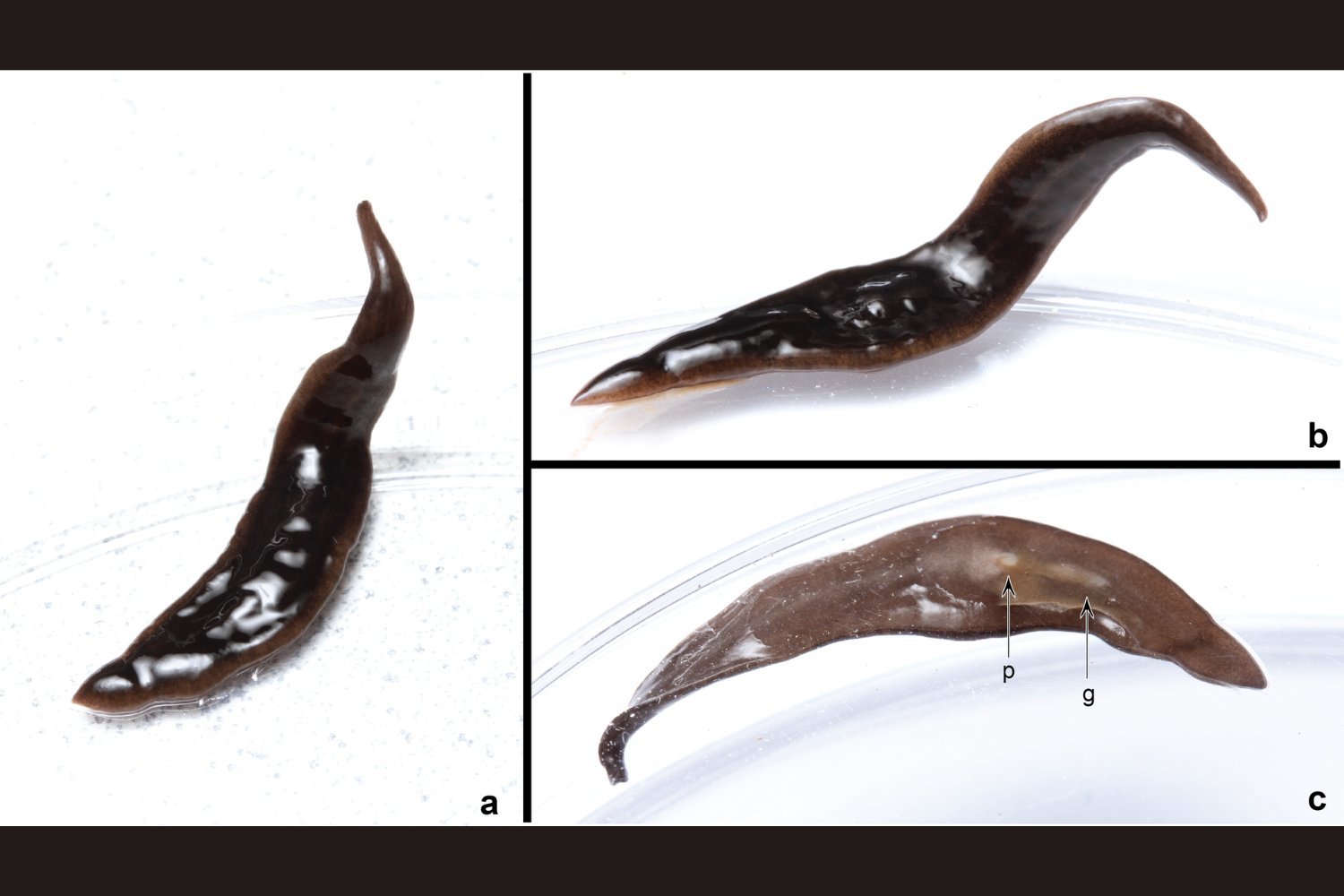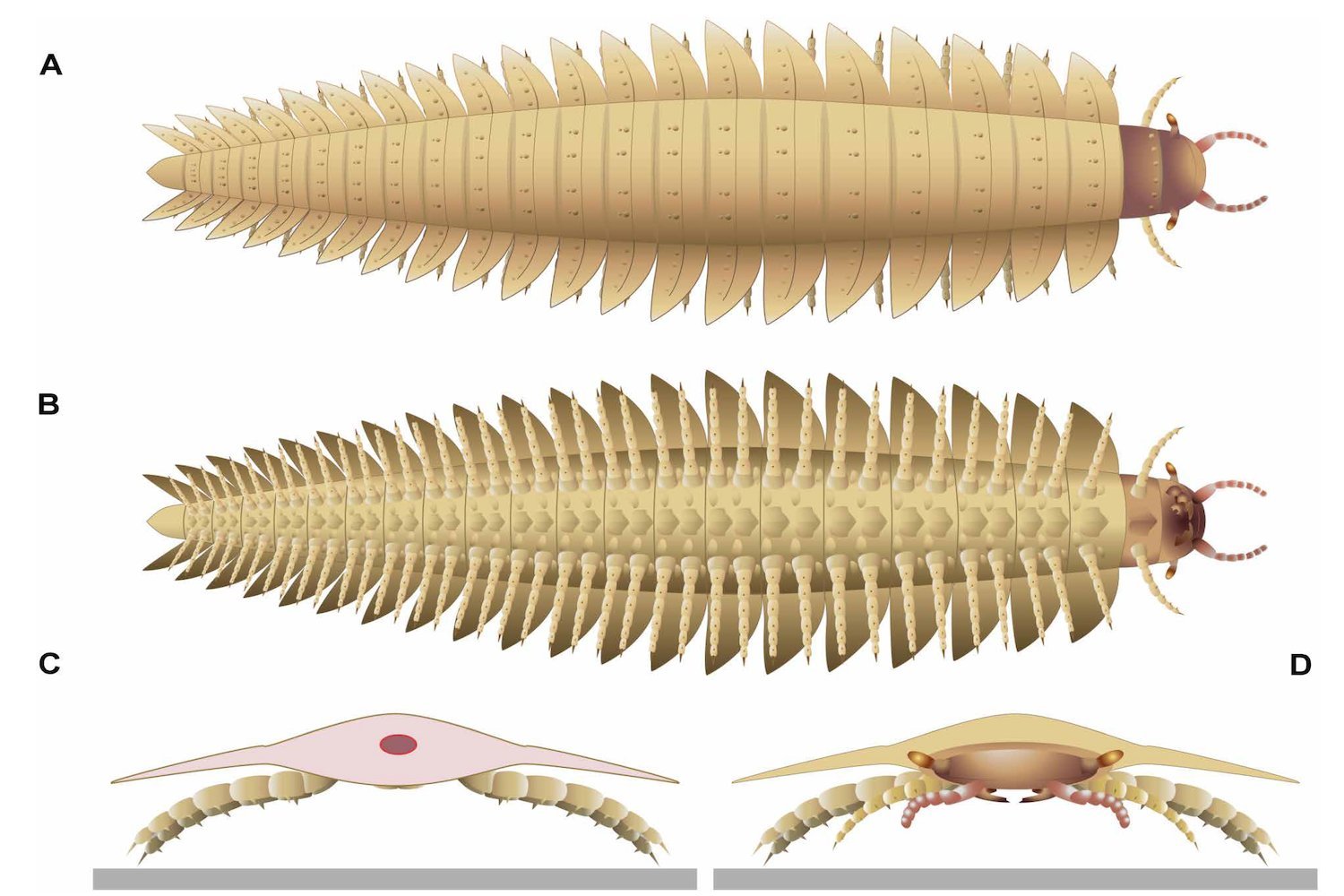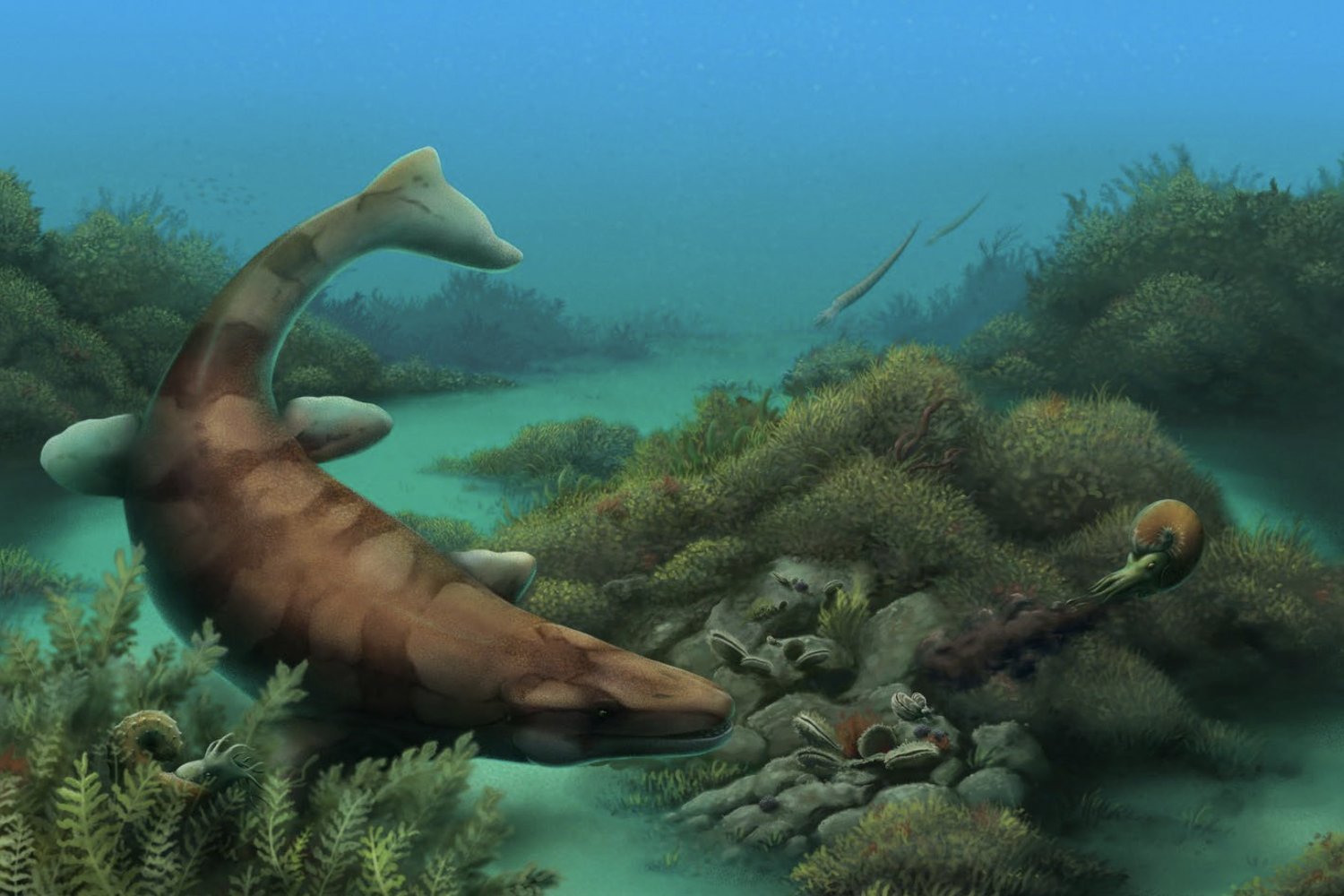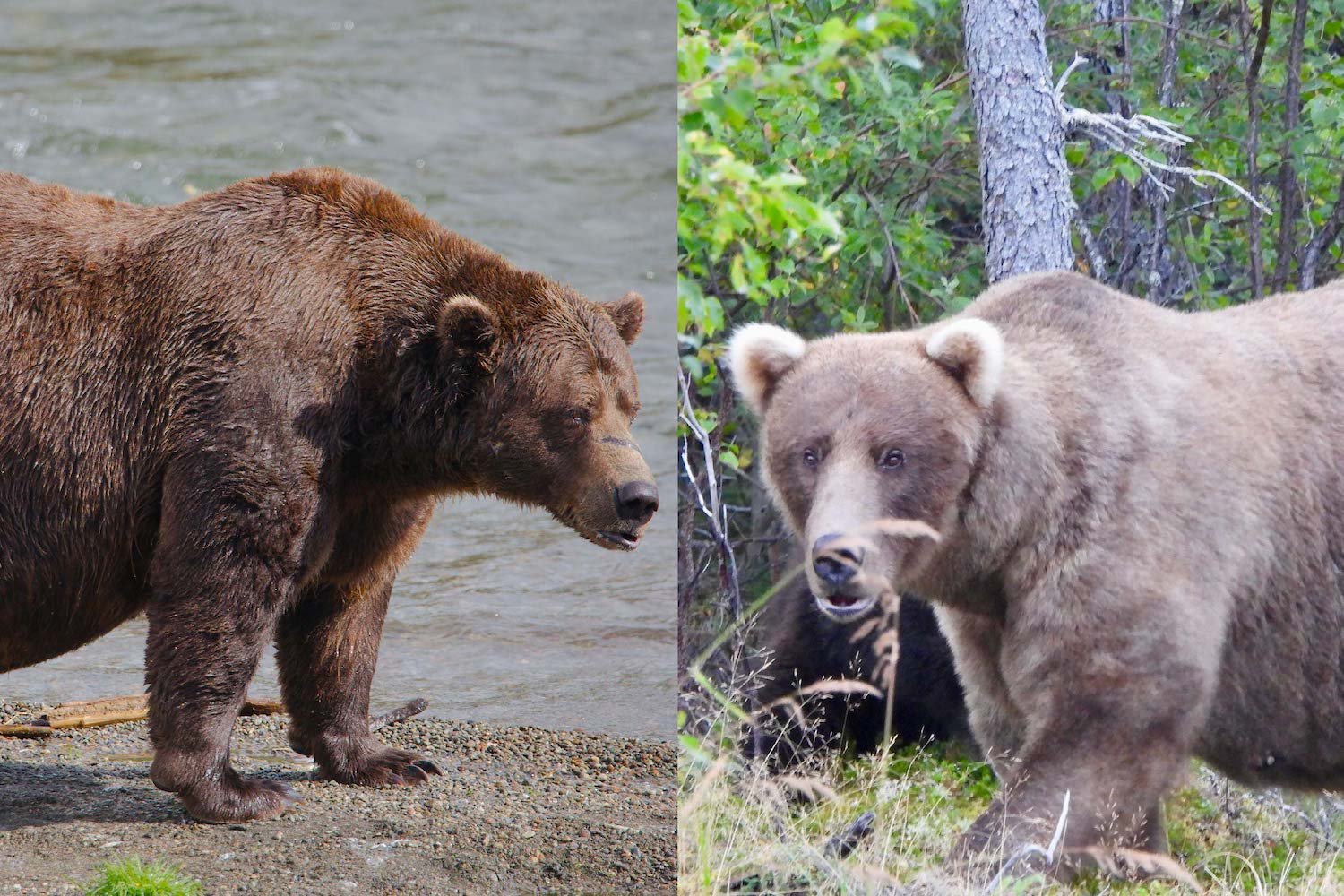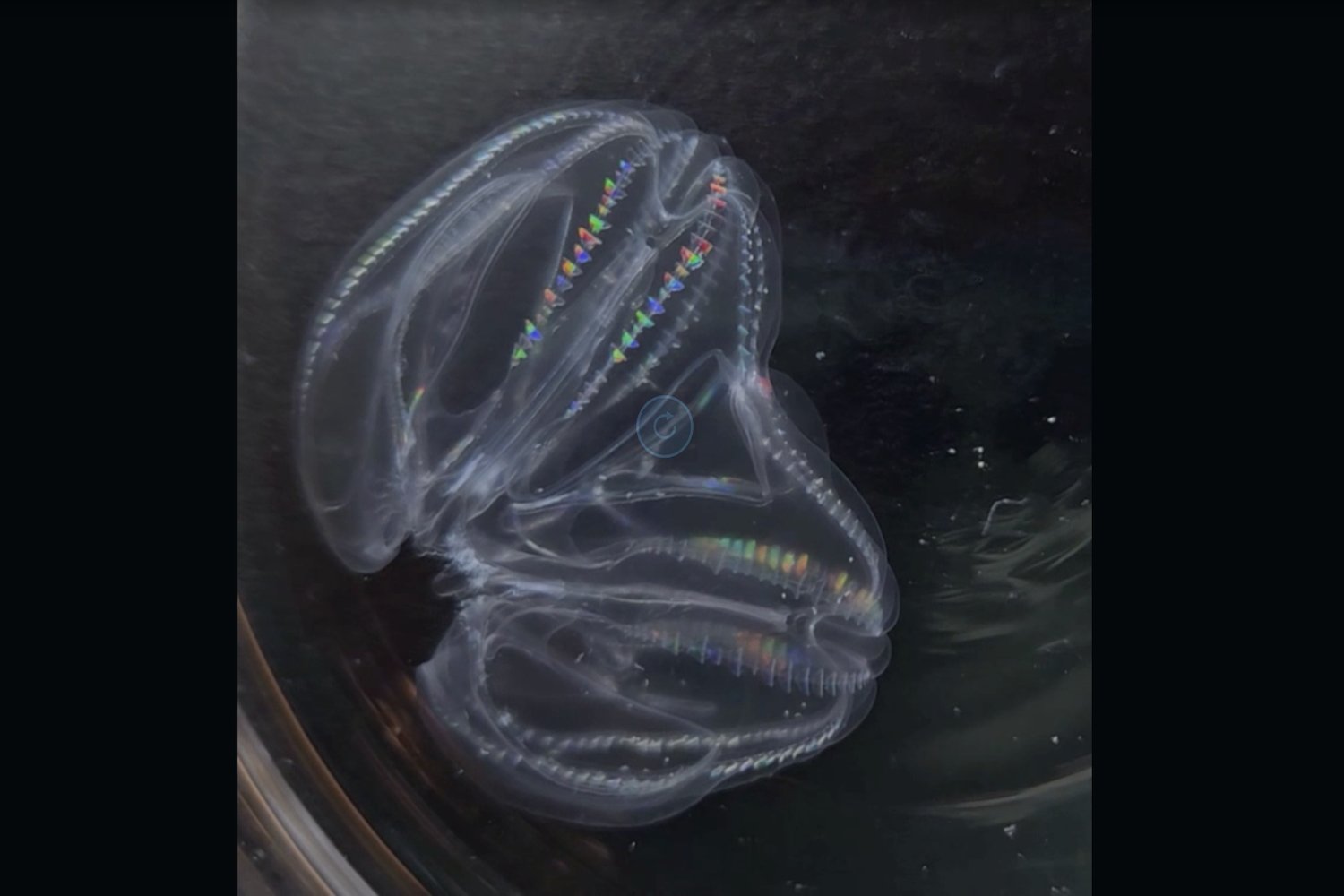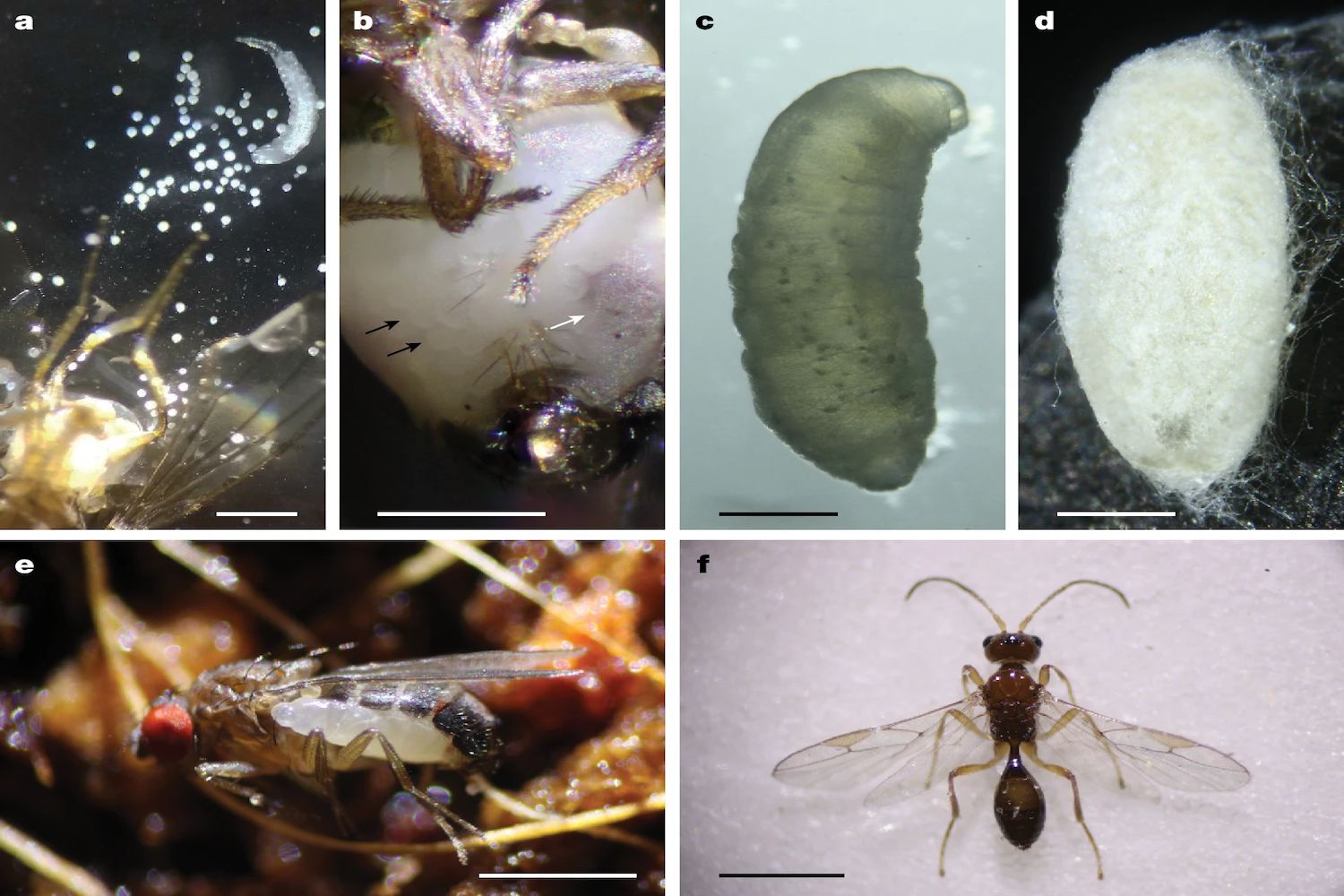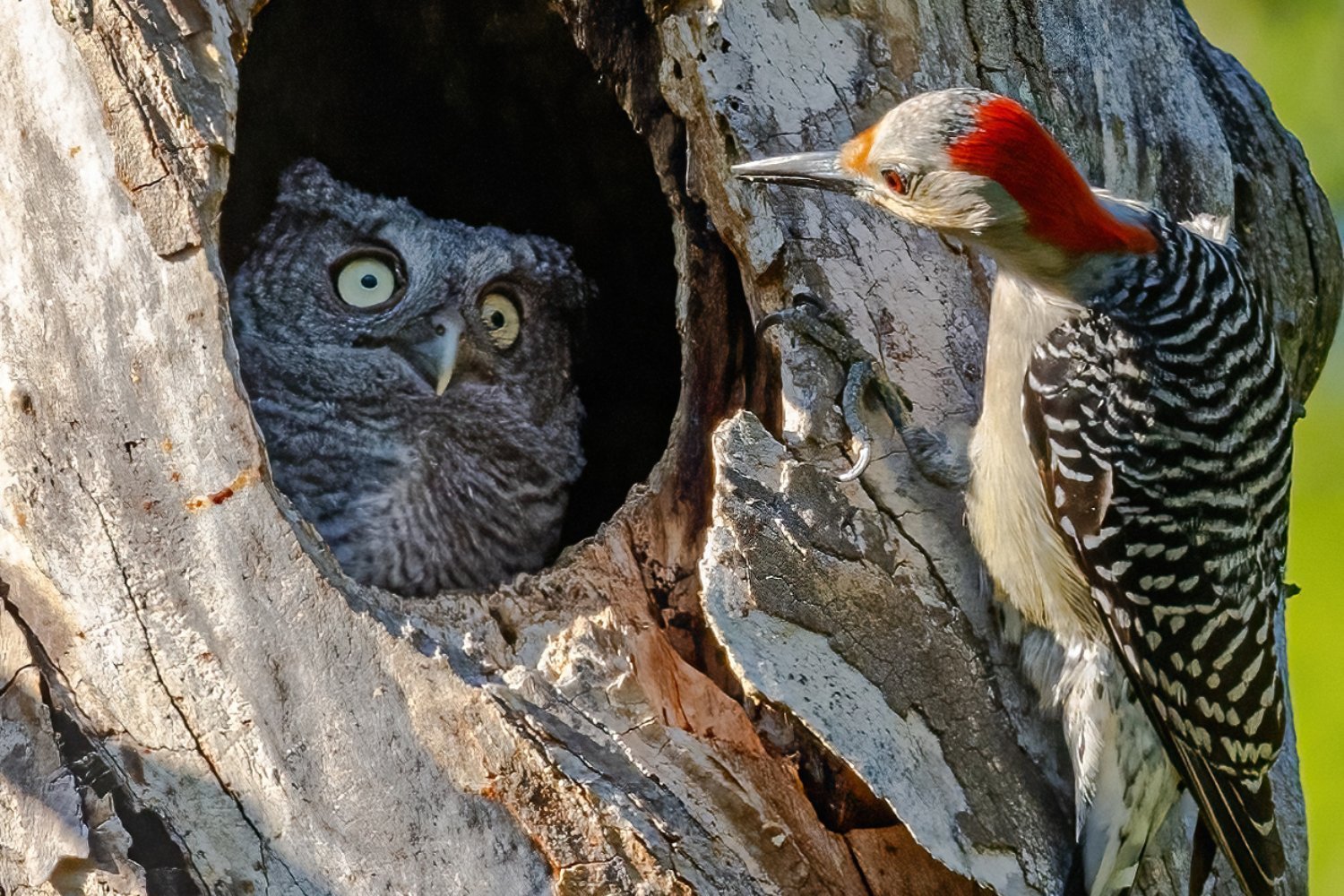Invasive species are a growing concern worldwide, disrupting ecosystems and threatening biodiversity. A recent study reveals the discovery of a new species of predatory flatworm, Amaga pseudobama, in the southeastern United States, raising concerns about its potential impact on local environments.
This terrestrial flatworm, typically found in tropical regions, has been identified in North Carolina, Georgia, Florida, and possibly other states. Its presence in the U.S. is both intriguing and potentially problematic, as invasive species can often outcompete native organisms or consume vital resources.
The identification of A. pseudobama involved a collaborative effort between researchers from France, Australia, Poland, and the United States. Initially, samples from a commercial plant nursery in North Carolina led to a misidentification as Obama nungara, another invasive flatworm species from South America. However, further morphological and genetic analysis revealed it to be a distinct species within the Amaga genus.
Amaga pseudobama: An Invasive Predator
Unlike parasitic flatworms, A. pseudobama, like its relative O. nungara, is a predator, feeding on invertebrates such as earthworms, snails, and other small creatures. This predatory behavior raises concerns about its potential impact on native invertebrate populations.
The flatworm’s origins are believed to be in South America, and its spread within the U.S. likely extends beyond the currently known locations. Specimens have been found in North Carolina, Georgia, and Florida, with older samples from Florida dating back to 2015, suggesting its presence for at least a decade. Photographic evidence from online platforms like iNaturalist hints at its potential presence in other southern states, including Texas and California.
Challenges in Tracking and Studying the New Species
Studying the ecological impact of A. pseudobama is crucial, but its resemblance to other land flatworms, particularly O. nungara, complicates tracking and identification efforts.
The discovery of this new species highlights the importance of continued research on invasive species. Understanding their behavior, distribution, and potential impact is essential for developing effective management strategies.
Unveiling the Mysteries of Amaga pseudobama
While the discovery of A. pseudobama adds another piece to the puzzle of invasive species, many questions remain unanswered. Further research is needed to determine its specific prey, reproductive rate, and overall impact on the ecosystem.
The researchers emphasize the importance of accurate species identification as the first step in understanding and managing invasive species. This discovery underscores the need for ongoing research and monitoring to protect native ecosystems from the potential threats posed by invasive organisms.
Conclusion
The discovery of Amaga pseudobama highlights the ongoing challenge of invasive species and the need for continuous monitoring and research. Understanding the potential impact of this new predatory flatworm is crucial for protecting the biodiversity of the southeastern United States. Further studies are essential to unravel the mysteries of this invasive species and develop effective management strategies.



